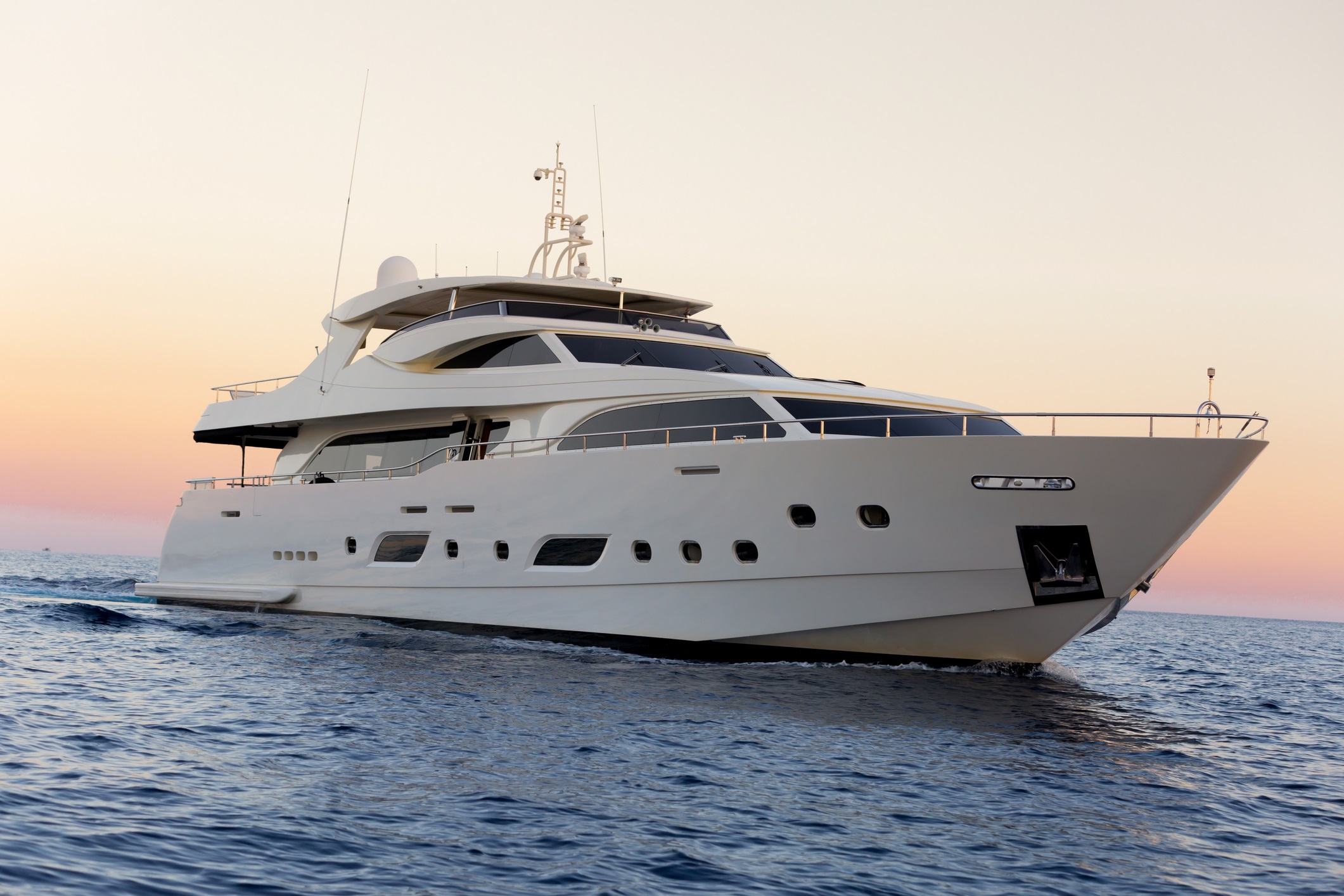Yacht Insurance Considerations

If you are contemplating the purchase of a yacht, or perhaps already own one, there are several important factors to consider to help mitigate risk and protect against loss.
Do you have an Agreed Value insurance policy? When your policy is written, both the insurance company, and the owner will agree on the value of the watercraft. In many policies an “All Risk, Agreed Value” policy will pay for the total loss of the yacht up to the stated ‘Agreed Value’ on the declarations page of the policy, without applying a deductible.
Does your policy include Marine Environmental Damage protection? In the event that you accidently damage protected reef or cause other environmental damage, will your policy cover the resulting fines and penalties?
Make certain that your policy contains the proper Navigation Limits for where you will be using the vessel. In order to reduce risk, most policies will include limits outlining where and when the watercraft is permitted to travel. In addition, they’ll need to know whether or not the yacht will be used for the full twelve months of the policy year, or if it is taken out of the water during the winter months.
It is also crucial that you pay close attention to any “Hurricane Season” wording. Most US insurers mandate that the yacht cannot be in Southern waters (generally below certain geographical areas in North Carolina) during hurricane season (usually June 1- November 15). If insurers have allowed that your yacht is in southern waters during hurricane season, they will want to have your comprehensive “Hurricane Plan” on file.
Do you operate Drones from your vessel? If so, there are endorsements that specifically address this activity and provide coverage – you would be well advised to notify your marine insurance specialist that you do this.
Do you plan to have Fine Art featured on your yacht? Most insurance carriers recommend scheduling each piece of artwork. Insurance carriers will likely ask questions such as:
- What is the average humidity level inside the watercraft?
- Is the boat secured; if so, what securing measures are in place?
- How is the art transported to and from the watercraft?
Does your policy grant permission to Charter your vessel? Some insurers will only allow you to charter a specific number of trips per year. The policy may also state that the Named Captain of the boat be the only person that can operate the vessel when it is being chartered. If you plan on chartering, you are advised to do this through a reputable yacht charter specialist.
Do you have an Employment Agreement established for your captain and crew? An insured seaman is not entitled to workers’ compensation benefits under most state workers’ compensation laws. A Protection and Indemnity (P&I) policy replaces workers compensation in the marine world. In addition to a P&I policy to protect against larger incidents, disability insurance and a medical plan for the crew are highly recommended.
Please reach out to me or another member of your JDJ team for assistance with any questions regarding the topics covered in this article or any insurance-related concerns.



















